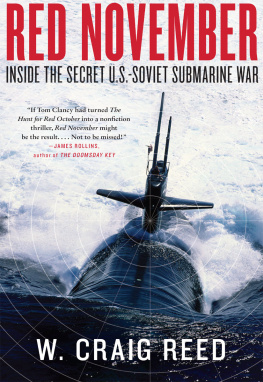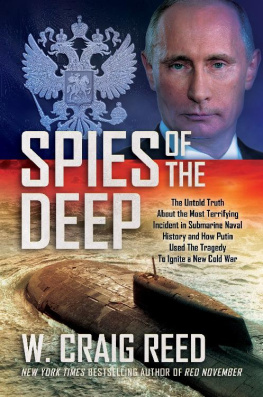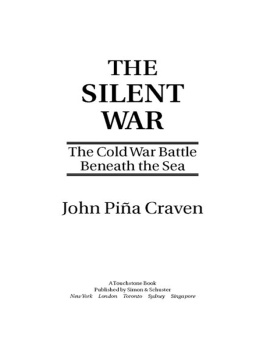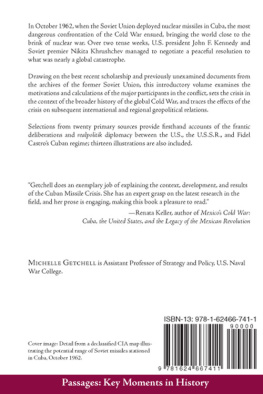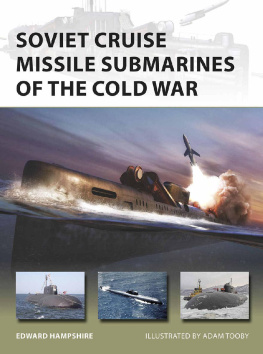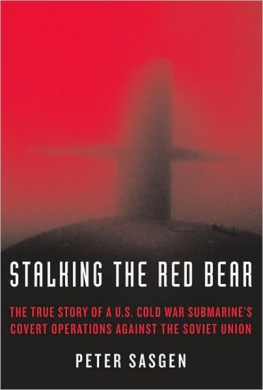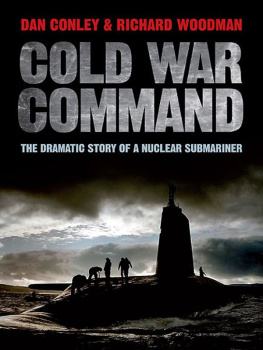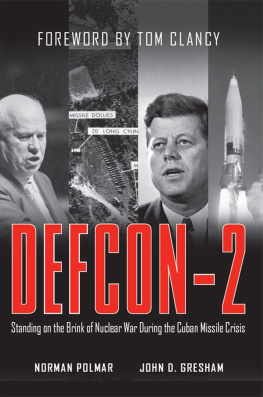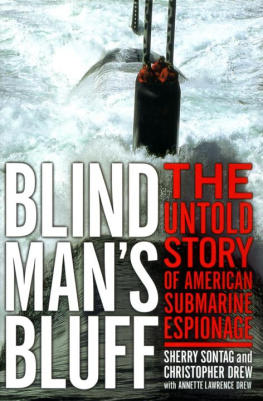W. Craig Reed - Red November: Inside the Secret U.S.-Soviet Submarine War
Here you can read online W. Craig Reed - Red November: Inside the Secret U.S.-Soviet Submarine War full text of the book (entire story) in english for free. Download pdf and epub, get meaning, cover and reviews about this ebook. year: 2010, publisher: William Morrow, genre: Romance novel. Description of the work, (preface) as well as reviews are available. Best literature library LitArk.com created for fans of good reading and offers a wide selection of genres:
Romance novel
Science fiction
Adventure
Detective
Science
History
Home and family
Prose
Art
Politics
Computer
Non-fiction
Religion
Business
Children
Humor
Choose a favorite category and find really read worthwhile books. Enjoy immersion in the world of imagination, feel the emotions of the characters or learn something new for yourself, make an fascinating discovery.
- Book:Red November: Inside the Secret U.S.-Soviet Submarine War
- Author:
- Publisher:William Morrow
- Genre:
- Year:2010
- Rating:5 / 5
- Favourites:Add to favourites
- Your mark:
Red November: Inside the Secret U.S.-Soviet Submarine War: summary, description and annotation
We offer to read an annotation, description, summary or preface (depends on what the author of the book "Red November: Inside the Secret U.S.-Soviet Submarine War" wrote himself). If you haven't found the necessary information about the book — write in the comments, we will try to find it.
Few know how close the world has come to annihilation better than the warriors who served America during the tense, forty-six-year struggle known as the Cold War. Yet for decades their work has remained shrouded in secrecy. Now, in this riveting new history, W. Craig Reed, a former U.S. Navy diver and fast-attack submariner, provides an eye-opening, pulse-pounding narrative of the underwater struggles and espionage operations between the United States and the former Union of Soviet Socialist Republics that brought us to the brink of nuclear war several times.
Red November is filled with new revelations and never-before-reported stories that take you deep beneath the surface and into the action during the entire Cold War period from 1945 through 1992. Reed served aboard submarines involved in espionage operations, and his father was a top naval intelligence specialist intimately involved in the Cuban Missile Crisis. Reed is one of the first authors to obtain in-depth interviews with dozens of navy divers, espionage operatives, submariners, and government officials on both sides (including several Soviet submarine captains), who describe the most daring and decorated missions of the conflict, including the top-secret Ivy Bells, Boresight, Bulls Eye, and Holystone operations. Other events, whose full details have not been made public until now, include:
- The harrowing underwater cat-and-mouse chase in October 1962 that almost resulted in the firing of nuclear-tipped torpedoes by Soviet Foxtrot subs and could have started World War III
- The alarming collision between the submarine USS Drum and a Soviet Victor IIIclass sub (an incident the author experienced firsthand), the American boats remarkable escape, and the all-out effort by enemy forces to hunt her down in 1981
- The role the authors father played in developing a highly classified, state-of-the-art system for detecting enemy subs that was instrumental in helping President Kennedy force Premier Khrushchev to back down at the height of the Cuban Missile Crisis
- And the storm and resulting engine failure that trapped the USS Seawolf on the sea bottom during an espionage mission in Soviet waters that nearly took the lives of 190 sailors in 1981
Transcending traditional submarine, espionage, and Cold War accounts with its level of detail and first-person perspective, Red November is an up-close examination of one of the most dangerous periods in world history and an intimate look at the lives of those who participated in our countrys longest and most expensive underwater war.
W. Craig Reed: author's other books
Who wrote Red November: Inside the Secret U.S.-Soviet Submarine War? Find out the surname, the name of the author of the book and a list of all author's works by series.

